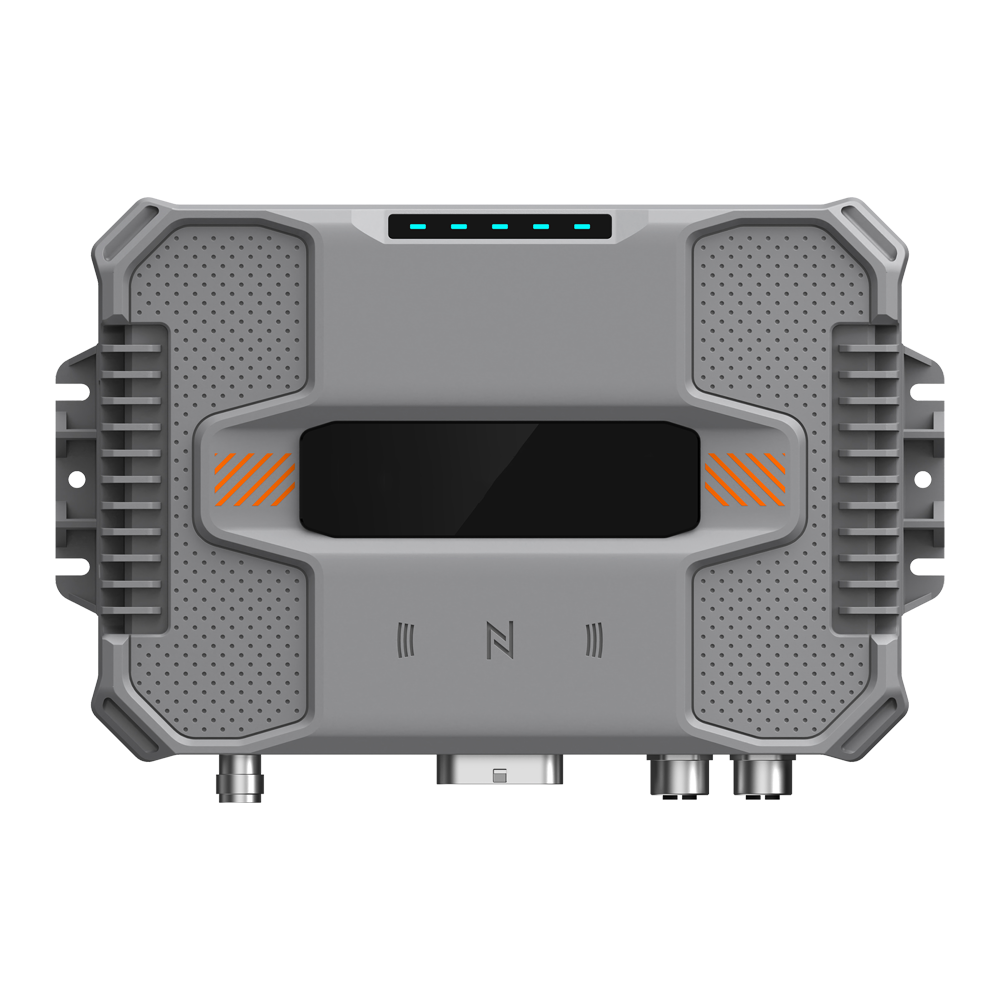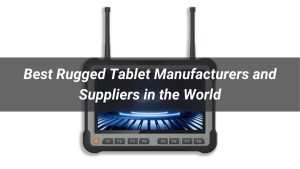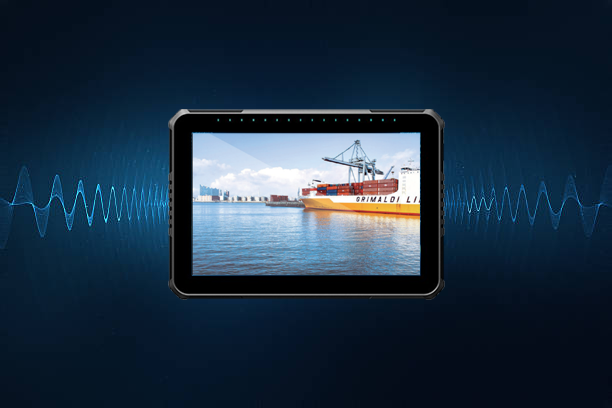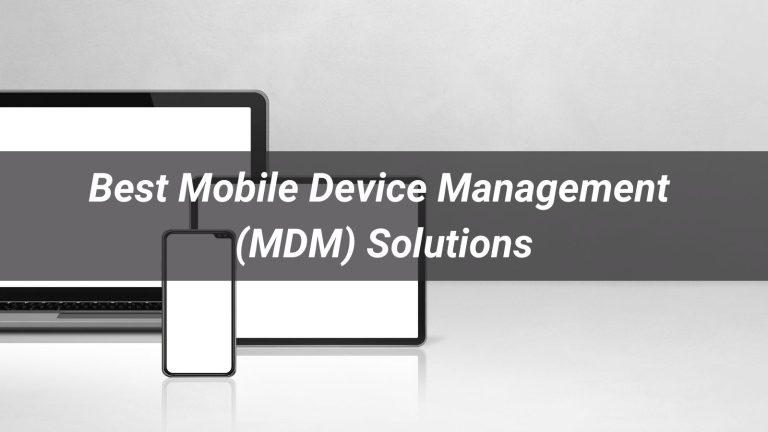Have you ever wondered how everyday devices like smart thermostats, ATMs, or medical equipment operate so efficiently? What powers these specialized systems, and how do they differ from your laptop or smartphone? Could a single, compact computer be the hidden force behind countless modern technologies?
An embedded computer is a dedicated computing system designed to perform specific tasks within a larger device or machinery. Unlike general-purpose computers, these compact, ruggedized systems are optimized for reliability, real-time performance, and seamless integration into industrial, automotive, medical, and consumer applications.
This article breaks down the fundamentals of embedded computers—exploring their architecture, use cases, and advantages—so keep reading to uncover how these silent workhorses power the technology around you!
Embedded Computer Definition: What is an Embedded Computer?
An embedded computer is a specialized computing device designed to perform specific functions within a larger system or product. Unlike general-purpose computers like desktops or laptops, embedded computers are typically dedicated to a particular task or set of tasks. They are often integrated directly into other devices, equipment, or machinery to control and monitor various functions.
Embedded computers come in various forms, ranging from simple microcontrollers with minimal processing power and memory to more complex systems-on-chip (SoCs) or single-board computers (SBCs) capable of running sophisticated software applications. They are commonly found in a wide range of applications, including consumer electronics, automotive systems, industrial automation, medical devices, and more.
One of the key characteristics of embedded computers is their reliability and efficiency. They are optimized for specific tasks, which allows them to operate with minimal power consumption and space requirements. Additionally, embedded systems are often designed for real-time operation, meaning they can respond to input and produce output within strict timing constraints, making them suitable for applications where timing and responsiveness are critical.
Overall, embedded computers play a vital role in powering the functionality of countless devices and systems across various industries, enabling automation, control, and connectivity in today’s interconnected world.
How Does an Embedded Computer Work? The Basic Operational Workflow
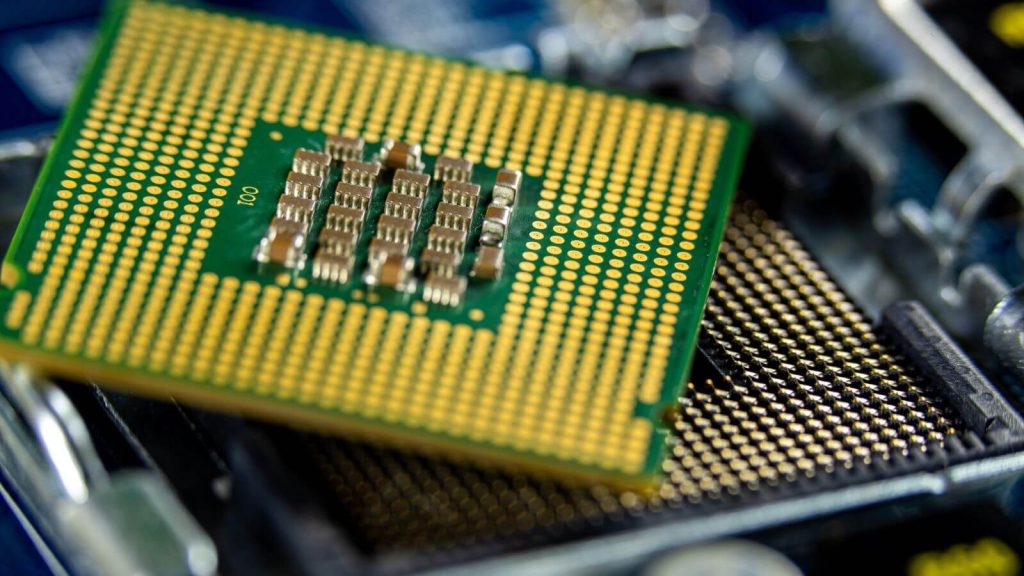
Embedded computers operate through a tightly integrated hardware-software system designed for specific tasks. At power-up, the system initializes its processor, memory, and peripheral interfaces through a boot sequence that’s significantly faster than general-purpose computers. This quick startup is crucial for applications like automotive systems or medical devices where immediate operation is required.
The core operation involves continuous input processing and response generation. Sensors and input devices feed real-time data into the system, which is then processed through specialized algorithms. Unlike conventional computers that handle multiple applications, embedded systems focus on executing a dedicated set of instructions optimized for their particular function, whether it’s controlling a robotic arm or monitoring vital signs in a medical device.
Output generation is equally precise and deterministic. Based on the processed inputs, the system triggers specific actions through actuators, displays, or communication interfaces. What makes embedded computers unique is their closed-loop operation – they constantly monitor both their environment and internal state, making adjustments as needed while maintaining reliable performance even in demanding conditions like industrial settings or automotive applications.
This streamlined workflow gives embedded computers their characteristic efficiency, reliability, and real-time responsiveness. By eliminating unnecessary components and focusing on a specific task, these systems deliver consistent performance while consuming minimal power, making them ideal for everything from smart home devices to spacecraft control systems.
Key Components of an Embedded Computer
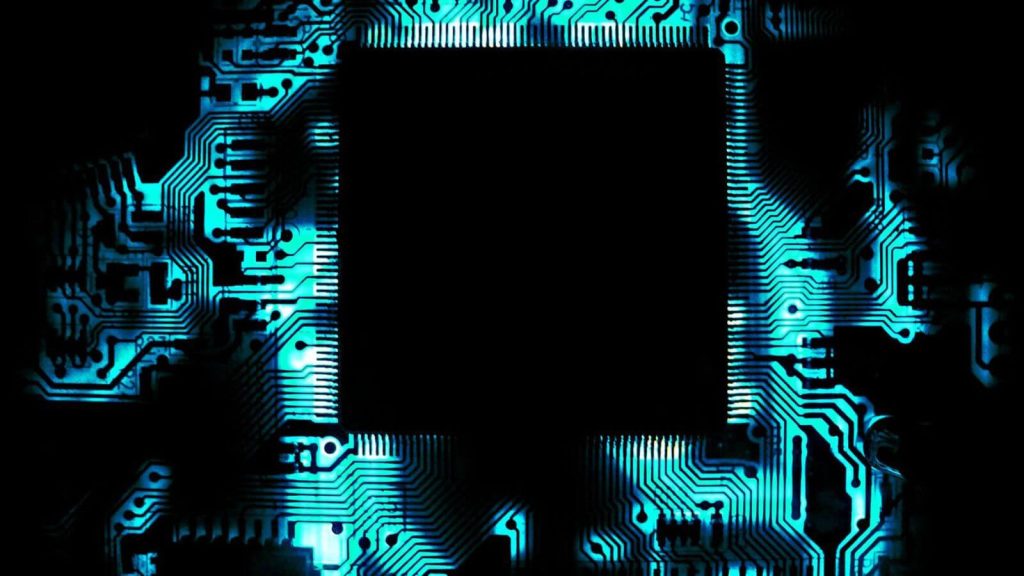
An embedded computer consists of several essential hardware and software components that work together to perform dedicated functions efficiently. At its core is the processor, which can be a microcontroller (MCU), microprocessor (MPU), or specialized chip like an FPGA or ASIC. Microcontrollers are commonly used in simpler applications due to their integrated memory and peripherals, while microprocessors handle more complex tasks requiring higher performance. These processors execute firmware or a real-time operating system (RTOS) to manage tasks with precise timing.
Memory is another critical component, typically including volatile RAM for temporary data storage and non-volatile flash or ROM for storing the embedded software. Many systems also use external memory for additional storage capacity. Input/Output (I/O) interfaces enable communication with sensors, actuators, and other peripherals, supporting protocols like UART, SPI, I2C, and GPIO. For analog signals, Analog-to-Digital Converters (ADCs) and Digital-to-Analog Converters (DACs) translate between real-world signals and digital data.
Power management is crucial, especially in battery-operated devices, so voltage regulators and power-saving circuits ensure efficient energy use. Many embedded systems also include communication modules such as Wi-Fi, Bluetooth, or Ethernet for connectivity in IoT applications. Finally, firmware or an RTOS provides the necessary software framework, enabling real-time processing, task scheduling, and hardware abstraction. Together, these components create a compact, reliable computing system tailored for specific tasks in industries like automotive, industrial automation, and consumer electronics.
Common Types of Embedded Computers
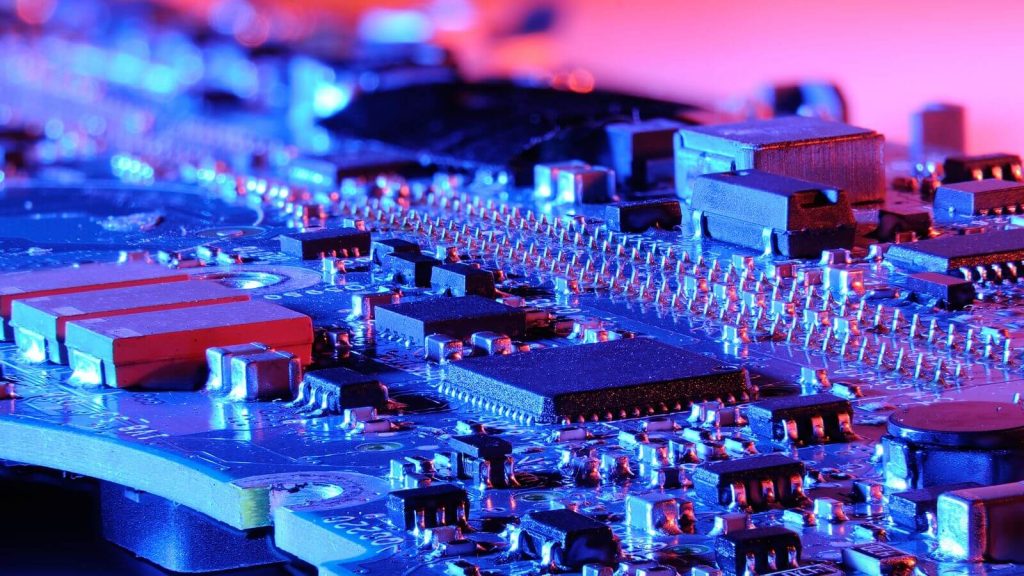
Embedded computers come in various forms, each designed to meet specific performance and application requirements. One of the most basic types is the microcontroller-based system, which integrates a processor, memory, and peripherals on a single chip. These compact, low-power systems are ideal for simple control tasks in appliances, automotive electronics, and industrial sensors. Their all-in-one design makes them cost-effective and easy to implement in mass-produced devices.
For more demanding applications, microprocessor-based embedded systems provide greater processing power and flexibility. These systems pair a high-performance CPU with external memory and peripherals, enabling them to handle complex tasks like multimedia processing in smart TVs or advanced control algorithms in robotics. Unlike microcontrollers, they often run full-fledged operating systems like embedded Linux, offering more software capabilities while maintaining real-time performance.
System-on-Chip (SoC) and System-on-Module (SoM) designs represent more advanced embedded computing solutions. SoCs integrate multiple components including processors, graphics units, and specialized accelerators onto a single chip, making them perfect for space-constrained applications like smartphones and IoT gateways. SoMs take this further by packaging complete computing systems onto small modules that can be easily integrated into larger designs, significantly reducing development time for complex products.
Specialized embedded computers include Programmable Logic Controllers (PLCs) for industrial automation and Single Board Computers (SBCs) like Raspberry Pi for prototyping and education. FPGA-based systems offer hardware-level programmability for ultra-fast signal processing in telecommunications and defense applications. At the cutting edge, AI-optimized embedded systems incorporate neural processing units to enable machine learning at the edge, powering applications from smart cameras to autonomous vehicles. Each type offers unique advantages tailored to different performance, power, and cost requirements across industries.
Core Functions and Additional Capabilities of Embedded Computers
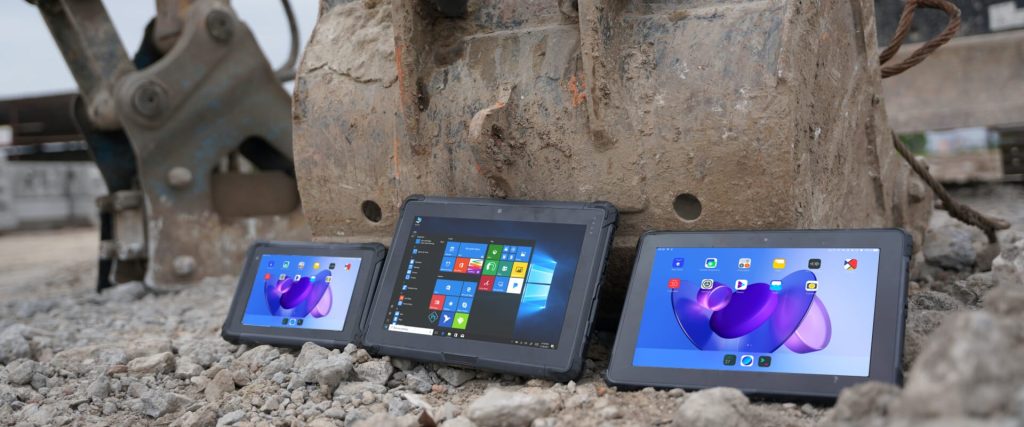
Embedded computers are designed to perform specific, well-defined tasks with high efficiency and reliability. At their core, these systems excel in three fundamental functions: real-time data processing, deterministic control operations, and seamless hardware integration. The real-time processing capability allows them to instantly respond to sensor inputs and environmental changes, while deterministic operation ensures predictable timing for critical tasks. Their tight hardware integration enables direct control over mechanical and electronic components, forming the backbone of modern automation systems.
Beyond these essential functions, contemporary embedded systems have evolved to incorporate advanced capabilities that significantly expand their application scope. Many now feature sophisticated connectivity options including wireless protocols (Wi-Fi, Bluetooth, Zigbee) and wired interfaces (Ethernet, CAN bus), enabling seamless integration into IoT ecosystems. Enhanced processing power allows implementation of complex algorithms for tasks like digital signal processing, computer vision, and even edge AI implementations using neural network accelerators.
Modern embedded systems also boast improved user interaction capabilities through touch interfaces, voice recognition, and augmented reality displays. Security features have become increasingly sophisticated, with hardware-based encryption, secure boot mechanisms, and tamper detection circuits protecting sensitive data and operations. The adoption of over-the-air (OTA) update functionality extends product lifecycles by enabling remote maintenance and feature upgrades. These expanded capabilities, while maintaining the inherent reliability and efficiency of embedded systems, are driving innovation across industries from smart manufacturing to autonomous vehicles and beyond.
Industrial Applications of Embedded Computers
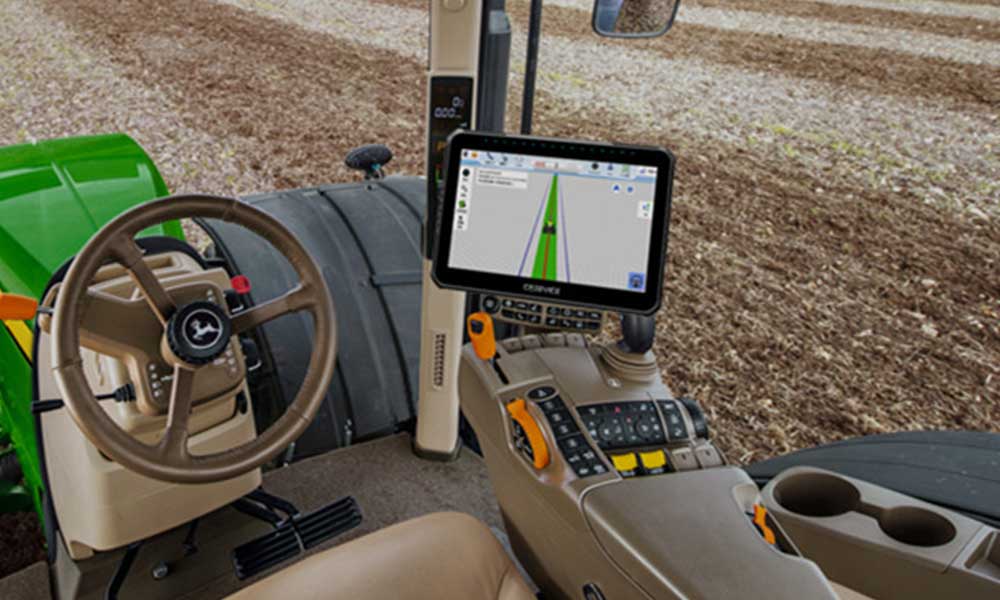
Embedded computers serve as the technological backbone of modern industrial operations, delivering reliable performance in demanding environments. In manufacturing automation, these systems power programmable logic controllers (PLCs) that coordinate assembly lines, robotic arms, and precision machining equipment with sub-millisecond response times. Their deterministic operation ensures synchronized control of multiple processes while withstanding factory floor conditions like vibration, dust, and temperature fluctuations that would disrupt conventional computing systems.
The energy sector relies heavily on embedded systems for critical infrastructure monitoring and control. Smart grid implementations use networked embedded controllers to balance power distribution, manage renewable energy sources, and detect faults in real-time. Oil and gas operations employ ruggedized embedded computers for downhole monitoring, pipeline control, and refinery automation, where equipment must operate continuously for years without maintenance in extreme conditions.
Transportation systems integrate embedded computers at multiple levels, from engine control units (ECUs) optimizing vehicle performance to railway signaling systems ensuring safe train operations. Aerospace applications push embedded computing to its limits with flight control systems that process sensor data and execute control algorithms with nanosecond precision. These industrial implementations demonstrate how embedded computers combine specialized hardware with purpose-built software to solve complex engineering challenges across every sector of modern industry.
How to Choose the Best Embedded Computer
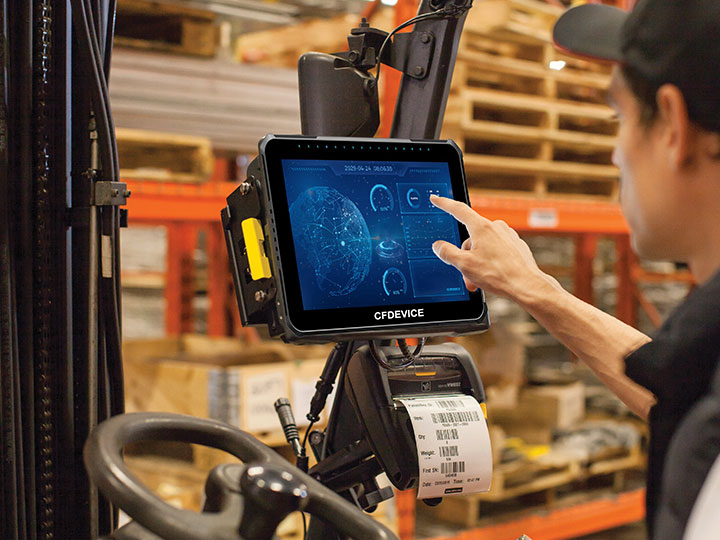
Selecting the optimal embedded computer requires careful evaluation of several technical and operational factors. First, assess the computational requirements – simple control tasks may only need a basic microcontroller, while complex applications like machine vision demand multi-core processors with GPU acceleration. Consider the real-time performance needs; hard real-time applications require deterministic processors like Cortex-M series MCUs or specialized RTOS solutions. Power consumption represents another critical factor, particularly for battery-operated or energy-sensitive installations where low-power ARM processors or energy-efficient x86 variants may be preferable.
The physical operating environment significantly influences the selection process. Industrial settings typically need ruggedized systems with wide temperature tolerance (-40°C to +85°C), shock/vibration resistance, and conformal coating for protection against contaminants. For space-constrained applications, consider compact form factors like System-on-Module (SoM) or single-board computers with appropriate I/O density. Connectivity requirements should match the application’s needs – whether that’s industrial fieldbuses (CAN, PROFIBUS), high-speed Ethernet for data acquisition, or wireless protocols for IoT deployments.
Future-proofing and lifecycle considerations are equally important. Evaluate the processor’s expected availability, software ecosystem support, and potential for future upgrades. For long-term industrial deployments, choose platforms with 10+ year component availability guarantees. Security features like TPM modules, secure boot, and hardware encryption become essential for connected devices. Finally, balance performance needs against budget constraints, remembering that the total cost includes not just hardware but also development tools, software licenses, and maintenance overhead. A well-chosen embedded computer should provide the right combination of performance, reliability, and scalability for both current needs and foreseeable future requirements.
Conclusion: What is an Embedded Computer?
An embedded computer represents a specialized computing system designed to perform dedicated functions within larger mechanical or electrical systems. Unlike general-purpose computers that run multiple applications, these self-contained units combine hardware and software specifically optimized for their intended tasks. Their defining characteristics include compact size, real-time operation, low power consumption, and high reliability – qualities that make them indispensable across modern technological applications.
The true value of embedded systems lies in their ability to deliver deterministic performance in constrained environments. From simple microcontroller-based devices to complex multi-core systems running real-time operating systems, these computers form the invisible backbone of our digital world. They power everything from household appliances and automotive systems to industrial robots and medical equipment, operating reliably for years without human intervention.
As technology advances, embedded computers continue evolving with enhanced capabilities like AI processing, advanced connectivity, and robust security features. Their role in enabling smart cities, Industry 4.0, and IoT ecosystems demonstrates how these specialized computing platforms will remain fundamental to technological progress. The future will likely see embedded systems becoming even more powerful and energy-efficient while maintaining their core advantages of reliability and purpose-built functionality.
Further Reading
- Top 10 Best Linux Tablets for 2025
- What are computer controlled devices in agriculture?
- Linux Vehicle Mount Computers: Seamless Integration with Your Existing Systems
- MDM and MAM: What is the Main Difference?
- Exploring the Top 10 Manufacturers of Ag Leader Sprayer Monitors
- Top 10 Embedded Box Computer Manufacturers in the World 2025


